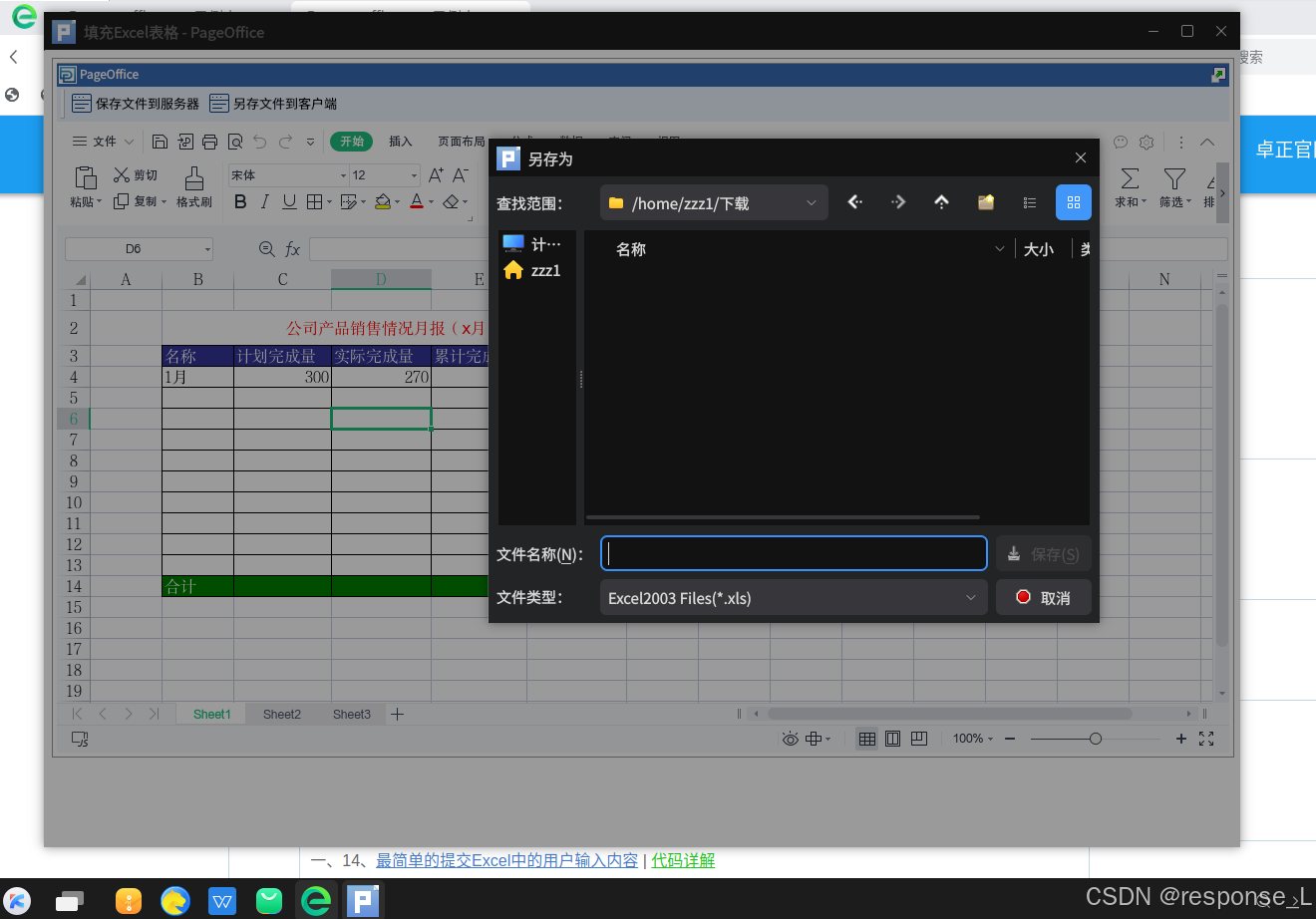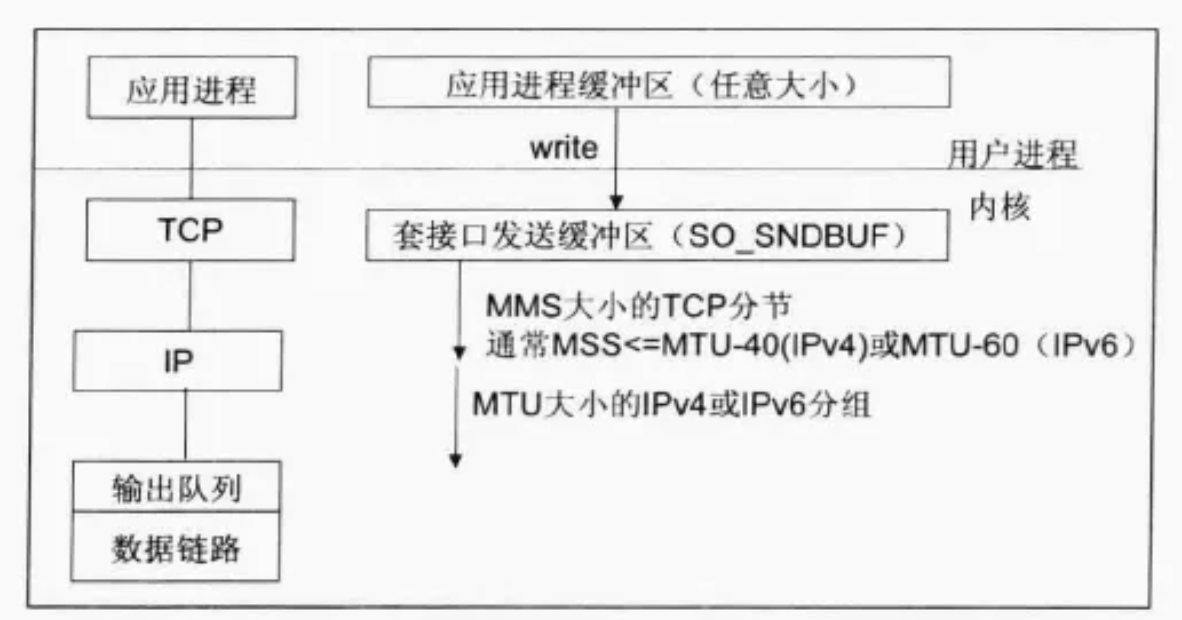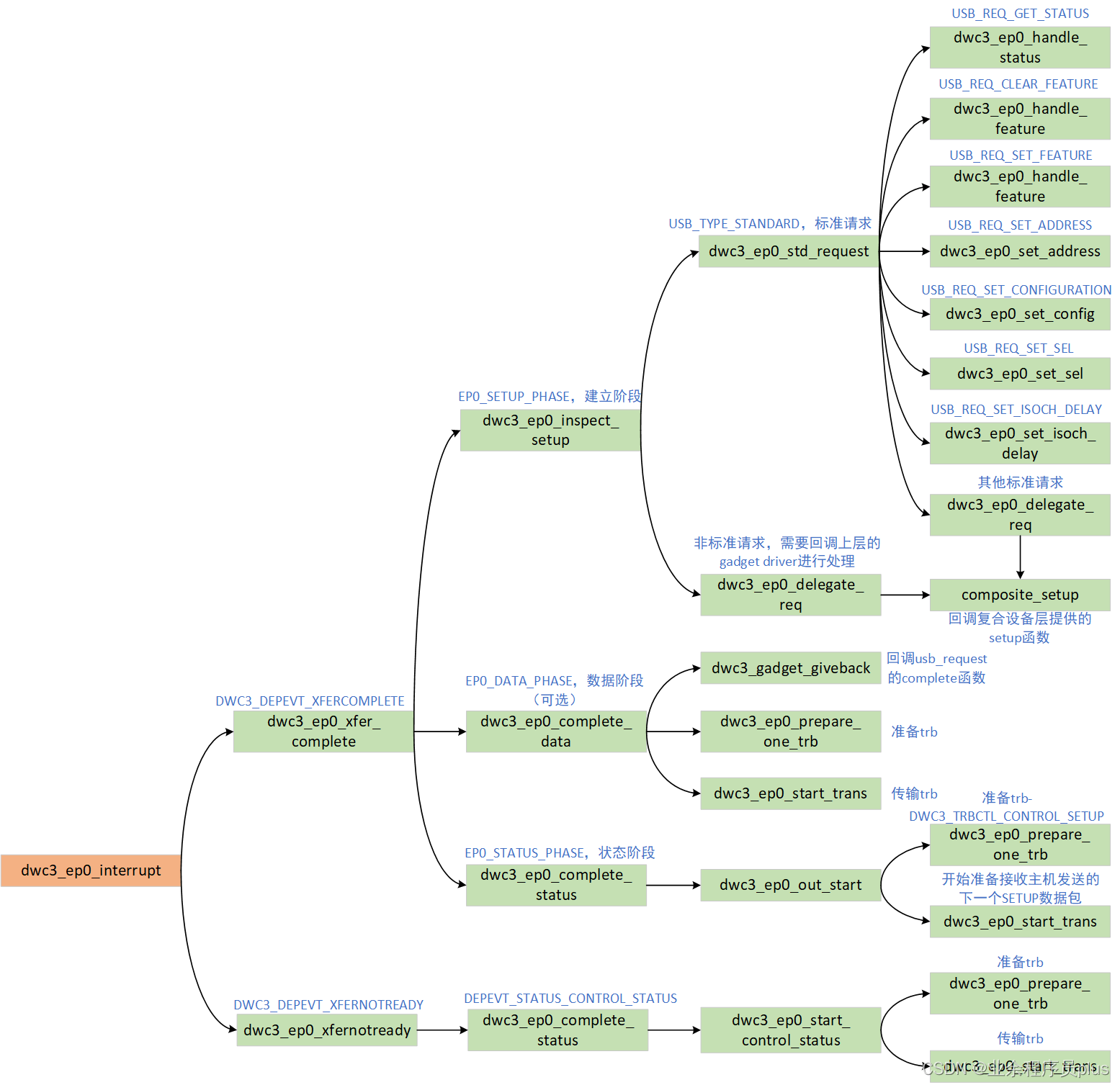原创文章,欢迎转载,转载请注明出处,谢谢。
0. 前言
皇天不负有心人,终于我们到了运行 main goroutine 环节了。让我们走起来,看看一个 goroutine 到底是怎么运行的。
1. 运行 goroutine
稍微回顾下前面的内容,第一讲 Go 程序初始化,介绍了 Go 程序是怎么进入到 runtime 的,随之揭开 runtime 的面纱。第二讲,介绍了调度器的初始化,要运行 goroutine 调度器是必不可少的,只有调度器准备就绪才能开始工作。第三讲,介绍了 main goroutine 是如何创建出来的,只有创建一个 goroutine 才能开始运行,否则执行代码无从谈起。这一讲,我们继续介绍如何运行 main goroutine。
我们知道 main goroutine 此时处于 _Grunnable 状态,要使得 main goroutine 处于 _Grunning 状态,还需要将它和 P 绑定。毕竟 P 是负责调度任务给线程处理的,只有和 P 绑定线程才能处理相应的 goroutine。
1.1 绑定 P
回到代码 newproc:
func newproc(fn *funcval) {gp := getg()pc := getcallerpc()systemstack(func() {newg := newproc1(fn, gp, pc) // 创建 newg,这里是 main goroutinepp := getg().m.p.ptr() // 获取当前工作线程绑定的 P,这里是 g0.m.p = allp[0]runqput(pp, newg, true) // 绑定 allp[0] 和 main goroutineif mainStarted { // mainStarted 还未启动,这里是 falsewakep()}})
}
进入 runqput 函数查看 main goroutine 是怎么和 allp[0] 绑定的:
// runqput tries to put g on the local runnable queue.
// If next is false, runqput adds g to the tail of the runnable queue.
// If next is true, runqput puts g in the pp.runnext slot.
// If the run queue is full, runnext puts g on the global queue.
// Executed only by the owner P.
func runqput(pp *p, gp *g, next bool) {...if next {retryNext:oldnext := pp.runnext // 从 P 的 runnext 获取下一个将要执行的 goroutine,这里 pp.runnext = nilif !pp.runnext.cas(oldnext, guintptr(unsafe.Pointer(gp))) { // 将 P 的 runnext 更新为 gp,这里的 gp 是 main goroutinegoto retryNext }if oldnext == 0 { // 如果 P 原来要执行的 goroutine 是 nil,则直接返回,这里创建的是 main goroutine 将直接返回return}gp = oldnext.ptr() // 如果不为 nil,表示是一个将要执行的 goroutine。后续对这个被赶走的 goroutine 进行处理}retry:h := atomic.LoadAcq(&pp.runqhead)t := pp.runqtailif t-h < uint32(len(pp.runq)) { // P 的队尾和队头指向本地运行队列 runq,如果当前队列长度小于 runq 则将赶走的 goroutine 添加到队尾pp.runq[t%uint32(len(pp.runq))].set(gp)atomic.StoreRel(&pp.runqtail, t+1)return}if runqputslow(pp, gp, h, t) { // 如果当前 P 的队列长度等于不小于 runq,表示本地队列满了,将赶走的 goroutine 添加到全局队列中return}goto retry
}
runqput 函数绑定 P 和 goroutine,同时处理 P 中的本地运行队列。基本流程在注释中已经介绍的比较清楚了。
这里我们绑定的是 main goroutine,直接绑定到 P 的 runnext 成员即可。不过对于 runqput 的整体处理来说,还需要在介绍一下 runqputslow 函数:
// Put g and a batch of work from local runnable queue on global queue.
// Executed only by the owner P.
func runqputslow(pp *p, gp *g, h, t uint32) bool {var batch [len(pp.runq)/2 + 1]*g // 定义 batch,长度是 P.runq 的一半。batch 用来装 g// First, grab a batch from local queue.n := t - hn = n / 2if n != uint32(len(pp.runq)/2) {throw("runqputslow: queue is not full")}for i := uint32(0); i < n; i++ {batch[i] = pp.runq[(h+i)%uint32(len(pp.runq))].ptr() // 从 P 的 runq 中拿出一半的 g 到 batch 中}if !atomic.CasRel(&pp.runqhead, h, h+n) { // cas-release, commits consume // 更新 P 的 runqhead 的指向,它指向的是本地队列的头return false}batch[n] = gp // 将赶走的 goroutine 放到 batch 尾if randomizeScheduler { // 如果是随机调度的话,这里还要打乱 batch 中 g 的顺序以保证随机性for i := uint32(1); i <= n; i++ {j := fastrandn(i + 1)batch[i], batch[j] = batch[j], batch[i]}}// Link the goroutines.for i := uint32(0); i < n; i++ {batch[i].schedlink.set(batch[i+1]) // batch 中 goroutine 的 schedlink 按顺序指向其它 goroutine,构造一个链表}var q gQueue // gQueue 是一个包含头和尾的指针,将头和尾指针分别指向 batch 的头 batch[0] 和尾 batch[n]q.head.set(batch[0])q.tail.set(batch[n])// Now put the batch on global queue.lock(&sched.lock) // 操作全局变量 sched,为 sched 加锁globrunqputbatch(&q, int32(n+1)) // globrunqputbatch 将 q 指向的 batch 传给全局变量 schedunlock(&sched.lock) // 解锁return true
}func globrunqputbatch(batch *gQueue, n int32) {assertLockHeld(&sched.lock)sched.runq.pushBackAll(*batch) // 这里将 sched.runq 指向 batchsched.runqsize += n // sched 的 runqsize 加 n,n 表示新添加进 sched.runq 的 goroutine*batch = gQueue{}
}
如果 P 的本地队列已满,则在 runqputslow 中拿出本地队列的一半 goroutine 放到 sched.runq 全局队列中。这里本地队列是固定长度,容量有限,用数组来表示队列。而全局队列长度是不固定的,用链表来表示全局队列。
我们可以画出示意图如下图,注意示意图只是加深理解,和我们这里运行 main goroutine 的流程没关系:

1.2 运行 main goroutine
P 和 main goroutine 绑定之后,理论上已经可以运行 main goroutine 了。继续看代码执行的什么:
> runtime.rt0_go() /usr/local/go/src/runtime/asm_amd64.s:358 (PC: 0x45434a)
Warning: debugging optimized function353: PUSHQ AX354: CALL runtime·newproc(SB)355: POPQ AX356:357: // start this M
=> 358: CALL runtime·mstart(SB) // 调用 mstart 意味着当前线程开始工作了;mstart 是一个永不返回的函数359:360: CALL runtime·abort(SB) // mstart should never return361: RET362:
向下执行:
(dlv) si
> runtime.mstart() /usr/local/go/src/runtime/asm_amd64.s:394 (PC: 0x4543c0)
Warning: debugging optimized function
TEXT runtime.mstart(SB) /usr/local/go/src/runtime/asm_amd64.s
=> asm_amd64.s:394 0x4543c0 e87b290000 call $runtime.mstart0asm_amd64.s:395 0x4543c5 c3 ret
调用 runtime.mstart0:
func mstart0() {gp := getg() // gp = g0...mstart1()...
}
调用 mstart1:
func mstart1() {gp := getg() // gp = g0// 保存线程执行的栈,当线程进入 schedule 函数就不会返回,这意味着线程执行的栈是可复用的gp.sched.g = guintptr(unsafe.Pointer(gp))gp.sched.pc = getcallerpc()gp.sched.sp = getcallersp()...if fn := gp.m.mstartfn; fn != nil { // 执行 main goroutine,fn == nilfn()}...schedule() // 线程进入 schedule 调度循环,该循环是永不返回的
}
进入 schedule:
func schedule() {mp := getg().m // mp = m0...
top:pp := mp.p.ptr() // pp = allp[0]pp.preempt = false// 线程有两种状态,自旋和非自旋。自旋表示线程没有工作,在找工作阶段。非自旋表示线程正在工作// 这里如果线程自旋,但是线程绑定的 P 本地队列有 goroutine 则报异常if mp.spinning && (pp.runnext != 0 || pp.runqhead != pp.runqtail) {throw("schedule: spinning with local work")}// blocks until work is availablegp, inheritTime, tryWakeP := findRunnable() // 找一个处于 _Grunnable 状态的 goroutine 出来...execute(gp, inheritTime) // 运行该 goroutine,这里运行的是 main goroutine
}
schedule 中的重点是 findRunaable 函数,进入该函数:
// Finds a runnable goroutine to execute.
// Tries to steal from other P's, get g from local or global queue, poll network.
// tryWakeP indicates that the returned goroutine is not normal (GC worker, trace
// reader) so the caller should try to wake a P.
func findRunnable() (gp *g, inheritTime, tryWakeP bool) {mp := getg().m // mp = m0top:pp := mp.p.ptr() // pp = allp[0] = p0...// Check the global runnable queue once in a while to ensure fairness.// Otherwise two goroutines can completely occupy the local runqueue// by constantly respawning each other.// 官方的注释对这一段逻辑已经解释的很详细了,我们就跳过了,偷个懒if pp.schedtick%61 == 0 && sched.runqsize > 0 {lock(&sched.lock)gp := globrunqget(pp, 1)unlock(&sched.lock)if gp != nil {return gp, false, false}}// local runq// 从 P 的本地队列找 goroutineif gp, inheritTime := runqget(pp); gp != nil {return gp, inheritTime, false}...
}
findRunnable 中首先为了公平,每调用 schedule 函数 61 次就要从全局可运行队列中获取 goroutine,防止全局队列中的 goroutine 被“饿死”。接着从 P 的本地队列中获取 goroutine,这里运行的是 main goroutine 将从 P 的本地队列中获取 goroutine。查看 runqget:
func runqget(pp *p) (gp *g, inheritTime bool) {// If there's a runnext, it's the next G to run.next := pp.runnext// If the runnext is non-0 and the CAS fails, it could only have been stolen by another P,// because other Ps can race to set runnext to 0, but only the current P can set it to non-0.// Hence, there's no need to retry this CAS if it fails.if next != 0 && pp.runnext.cas(next, 0) {return next.ptr(), true}for {h := atomic.LoadAcq(&pp.runqhead) // load-acquire, synchronize with other consumerst := pp.runqtailif t == h {return nil, false}gp := pp.runq[h%uint32(len(pp.runq))].ptr()if atomic.CasRel(&pp.runqhead, h, h+1) { // cas-release, commits consumereturn gp, false}}
}
注释已经比较详细了,首先拿到 P 的 runnext 作为要运行的 goroutine。如果拿到的 goroutine 不是空,则重置 runnext,并且返回拿到的 goroutine。如果拿到的 goroutine 是空的,则从本地队列中拿 goroutine。
通过 findRunnable 我们拿到可执行的 main goroutine。接着调用 execute 执行 main goroutine。
进入 execute:
func execute(gp *g, inheritTime bool) {mp := getg().m // mp = m0mp.curg = gp // mp.curg = g1gp.m = mp // gp.m = m0casgstatus(gp, _Grunnable, _Grunning) // 更新 goroutine 的状态为 _Grunninggp.waitsince = 0gp.preempt = falsegp.stackguard0 = gp.stack.lo + stackGuardif !inheritTime {mp.p.ptr().schedtick++}...gogo(&gp.sched)
}
在 execute 中将线程和 gouroutine 关联起来,更新 goroutine 的状态,然后调用 gogo 完成从 g0 栈到 gp 栈的切换,gogo 是用汇编编写的,原因如下:
gogo 函数也是通过汇编语言编写的,这里之所以需要使用汇编,是因为 goroutine 的调度涉及不同执行流之间的切换。前面我们在讨论操作系统切换线程时已经看到过,执行流的切换从本质上来说就是 CPU 寄存器以及函数调用栈的切换,然而不管是 go 还是 c 这种高级语言都无法精确控制 CPU 寄存器,因而高级语言在这里也就无能为力了,只能依靠汇编指令来达成目的。
进入 gogo,gogo 传入的是 goroutine 的 sched 结构:
TEXT runtime·gogo(SB), NOSPLIT, $0-8MOVQ buf+0(FP), BX // gobufMOVQ gobuf_g(BX), DX // gobuf 的 g 赋给 DXMOVQ 0(DX), CX // make sure g != nilJMP gogo<>(SB) // 跳转到私有函数 gogo<>TEXT gogo<>(SB), NOSPLIT, $0get_tls(CX) // 获取当前线程 tls 中的 goroutineMOVQ DX, g(CX)MOVQ DX, R14 // set the g registerMOVQ gobuf_sp(BX), SP // restore SPMOVQ gobuf_ret(BX), AX // AX = gobuf.retMOVQ gobuf_ctxt(BX), DX // DX = gobuf.ctxtMOVQ gobuf_bp(BX), BP // BP = gobuf.bpMOVQ $0, gobuf_sp(BX) // clear to help garbage collectorMOVQ $0, gobuf_ret(BX)MOVQ $0, gobuf_ctxt(BX)MOVQ $0, gobuf_bp(BX)MOVQ gobuf_pc(BX), BX // BX = gobuf.pcJMP BX // 跳转到 gobuf.pc
在 gogo<> 中完成 g0 到 gp 栈的切换:MOVQ gobuf_sp(BX), SP,并且跳转到 gobuf.pc 执行。我们看 gobuf.pc 要执行的指令地址是什么:
asm_amd64.s:421 0x45363a 488b5b08 mov rbx, qword ptr [rbx+0x8]
=> asm_amd64.s:422 0x45363e ffe3 jmp rbx
(dlv) regsRbx = 0x000000000042ee80
执行 JMP BX 跳转到 0x000000000042ee80:
(dlv) si
> runtime.main() /usr/local/go/src/runtime/proc.go:144 (PC: 0x42ee80)
Warning: debugging optimized function
TEXT runtime.main(SB) /usr/local/go/src/runtime/proc.go
=> proc.go:144 0x42ee80 4c8d6424e8 lea r12, ptr [rsp-0x18]
终于我们揭开了它的神秘面纱,这个指令指向的是 runtime.main 函数的第一条汇编指令。也就是说,跳转到了 runtime.main,这个函数会调用我们 main 包下的 main 函数。查看 runtime.main 函数:
// The main goroutine.
func main() {mp := getg().m // mp = m0if goarch.PtrSize == 8 {maxstacksize = 1000000000 // 扩栈,栈的最大空间是 1GB} else {maxstacksize = 250000000}...// Allow newproc to start new Ms.mainStarted = trueif GOARCH != "wasm" { // no threads on wasm yet, so no sysmonsystemstack(func() {newm(sysmon, nil, -1) // 开启监控线程,这个线程很重要,我们后续会讲,这里先放着,让 sysmon 飞一会儿})}...// make an indirect call, as the linker doesn't know the address of the main package when laying down the runtimefn := main_main // 这里的 main_main 链接的是 main 包中的 main 函数fn() // 执行 main.main...runExitHooks(0)exit(0) // 执行完 main.main 之后调用 exit 退出线程for {var x *int32*x = 0}
}
runtime.main 是在 main goroutine 栈中执行的。在函数中调用 main.main 执行我们写的用户代码:
(dlv) n
266: fn := main_main // make an indirect call, as the linker doesn't know the address of the main package when laying down the runtime
=> 267: fn()
(dlv) s
> main.main() ./hello.go:3 (PC: 0x45766a)
Warning: debugging optimized function1: package main2:
=> 3: func main() {4: println("Hello World")5: }
main.main 执行完之后线程调用 exit(0) 退出程序。
2. 小结
至此我们的 main goroutine 就执行完了,花了四讲才算走通了一个 main goroutine,真不容易呀。当然,关于 Go runtime 调度器的故事还没结束,下一讲我们继续。











